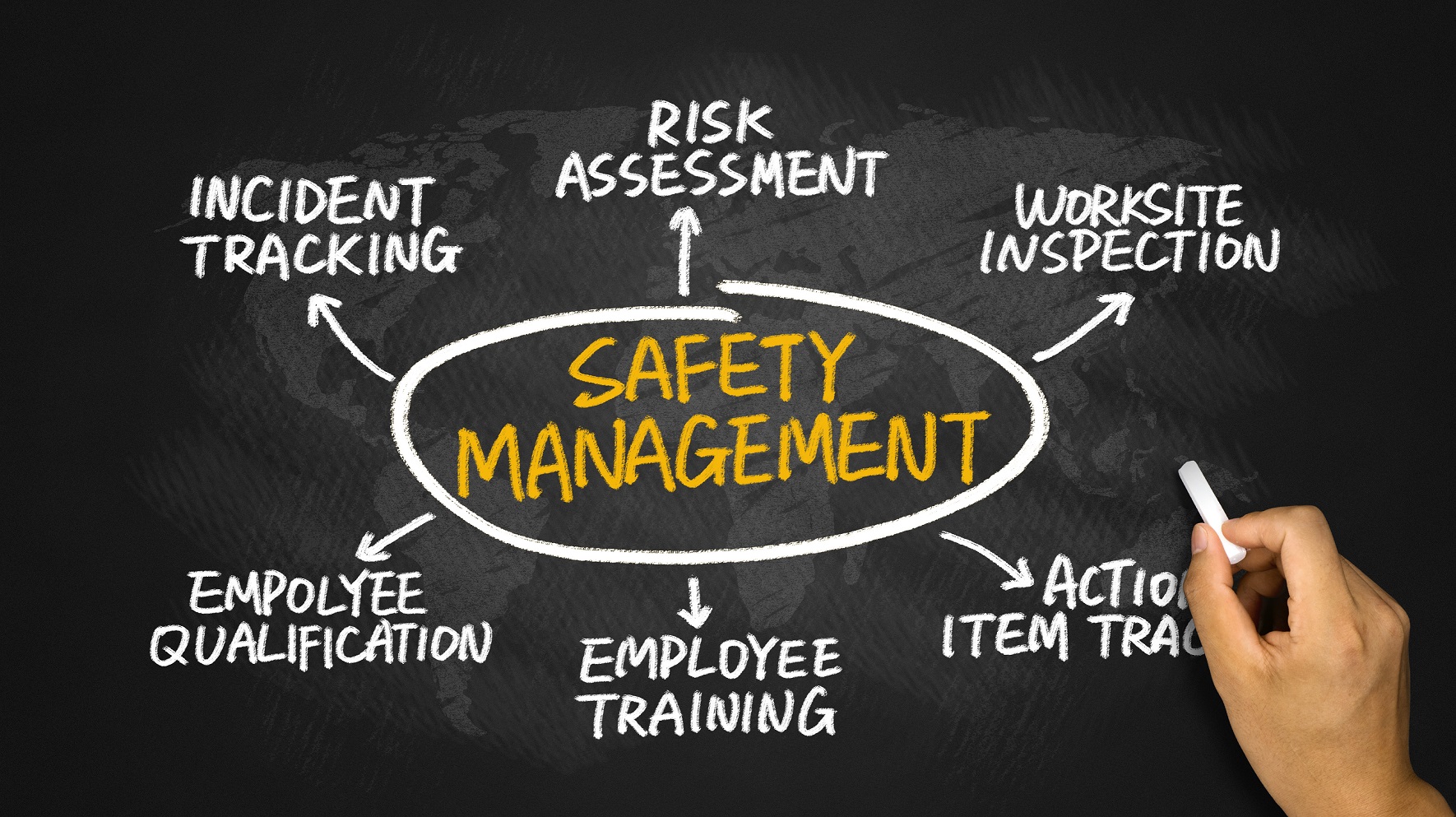Safety Leading Indicators – Trends
Safety managers know that safety leading indicators must be part of the mix of metrics, along with lagging indicators, used to measure safety performance.
Lagging indicators measure what has already happened (e.g. injuries, days away from work), while safety leading indicators track proactive initiatives that aim to improve safety and prevent incidents from happening in the first place.
While there is strong agreement among safety professionals on the need to track safety leading indicators, there is no clear consensus about which specific leading indicators to track. But EHS Today’s National Safety Survey may give us some clues about the “usual suspects” regarding leading indicators, especially since we have results about the top leading indicators in both the 2015 survey and 2016 survey. This allows us to compare the two surveys.
Here we highlight four interesting trends about leading indicators, based on the results from both surveys.
1) Tracking Near Misses Is the Top Leading Indicator
In EHS Today’s 2015 survey, near miss reporting was the third most popular leading indicator. Near misses were used by 78.8% of respondents, behind training (86.5%) and employee audits/observations (81.5%). But in the 2016 survey, near misses surpassed the other two, to become the top leading indicator. 85.7% of respondents track near misses as a leading indicator, compared to 82.9% for employee audits/observations and 80.9% for training.
2) Many Firms Track Employee Audits/Observations as a Leading Indicator
According to EHS Today’s 2015 survey, 81.5% of respondents tracked employee audits/observations as a leading indicator, putting it in second place behind training. In the 2016 survey, employee audits/observations stayed in second place, with 82.9% of respondents using them as a leading indicator, behind near misses. This shows that, while training fell from 86.5% and first spot in 2015 to 80.9% and third spot in 2016, tracking employee audits/observations as a leading indicator remains popular.
3) Participation in Safety Training Remains in the Top Three
In the 2015 survey, 86.5% of respondents mentioned participation in safety training as a safety leading indicator, making it the top leading indicator. However, in the 2016 survey, training was mentioned as a leading indicator by 80.9% of respondents. Despite the drop, participation in safety training is still among the top three safety leading indicators in the 2016 survey, behind near misses and employee audits/observations. It’s worth noting that the top three indicators are the only ones tracked by at least 80% of respondents.
4) “Inspections and Their Results” Shows up Strongly in the 2016 Survey
Comparing the EHS Today 2015 and 2016 National Safety Survey results is not exactly like comparing apples to apples. There are four entries in the 2016 survey that are not included in the 2015 survey: “inspections and their results”, “safety action plans, their execution”, “permit deviations”, and “safety perception surveys and follow-up”. Tracking inspections and their results as a leading indicator was mentioned by 79.6% of respondents in the 2016 survey, which puts it firmly in fourth place.
In conclusion, here’s a recap of the five most used leading indicators, along with the percentages of respondents who use them, and the percentages of respondents who identified them in last year’s survey:
- Near misses: 85.7% of respondents in 2016 (78.8% in 2015).
- Employee audits/observations: 82.9% (81.5% in 2015).
- Participation in safety training: 80.9% (86.5% in 2015).
- Inspections and their results: 79.6% (not mentioned in the 2015 survey results).
- Participation in safety meetings: 69.7% (78.6% in 2015).
What about your organization? How many of the top five leading indicators do you track? Did you add any new leading indicators this year compared to last year? Hopefully the EHS Today National Safety Survey results from 2015 and 2016 will give you an idea of how your organization compares to others.
IMEC Technologies provides Safety Management Software to increase worker safety and aid compliance. IMEC’s Safety Management Software will manage inspections and audits, provides hazard identification, incident reporting, management of corrective and preventative actions from generation to closure. IMEC provides lock out tag out software solutions that will allow users to create lockout tagout procedures using an intuitive Mobile App and Manage Lockout Tagout Procedures, also the Review and Execution of those Lockout Tagout Procedures using the Mobile App. Annual Lockout Tagout Procedures audits are conducted using a Mobile App. The Mobile Inspection App allow users to perform inspections and audits, for example the system can be used as a Fire Extinguisher Barcode Inspection Software system to manage monthly fire extinguisher inspections and general fire safety inspections and also to record safety observations and manage corrective actions, anywhere and anytime. The solution can be used as a fire extinguisher barcode inspection software system or life safety inspection system to aid compliance in Higher Education, Healthcare, Industrial and Commercial Organizations. Benefits from a Fire Extinguisher Barcode System include the elimination of paperwork and reducing the burden of compliance with regulations such as NFPA, The Joint Commission. The Incident Reporting App allows users to easily and quickly report incidents, hazards and near-misses, these are then sent to the appropriate people for action and are managed to closure. Web Apps provide features such as, setup, management, scheduling tools, analysis, reporting and dashboards etc with the ability to report incidents to government bodies such as OSHA and RIDDOR. HazMat T&T is a hazardous waste management software solution designed for Environmental Service Companies and companies who generate a large quantity of hazardous waste. The solution tracks hazardous waste from cradle to grave aiding compliance, providing accurate waste inventory, increasing waste handling efficiency, reducing risk and also helps manage waste costs. HazMat T&T Hazardous Waste Management Software can be deployed in a number of deployment scenarios, from Large Hazardous Waste Generators, tracking their hazardous waste at their site to Environmental Service and Waste Management Companies using it track and manage hazardous waste at transfer and disposal sites. For more information visit our website www.imectechnologies.com

